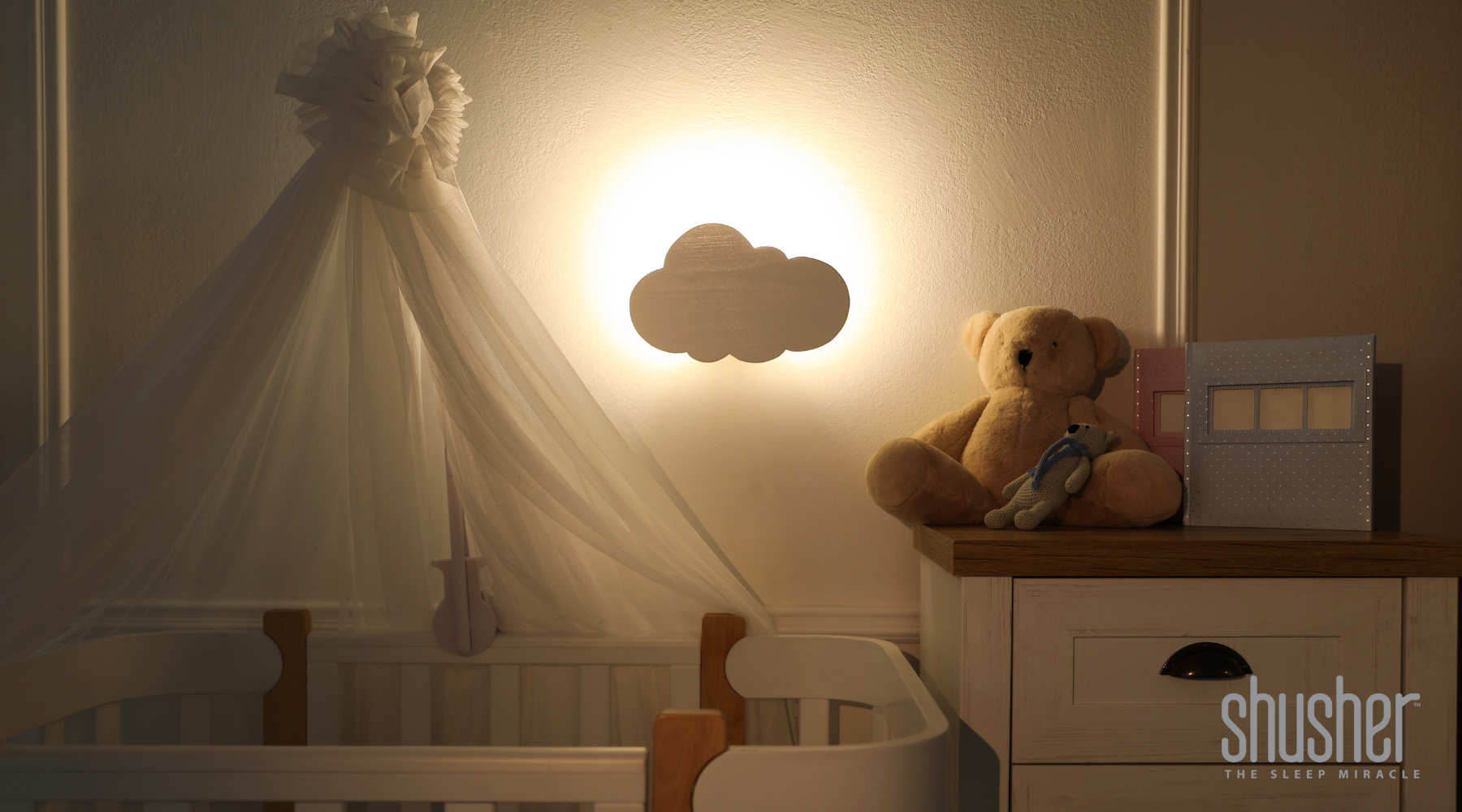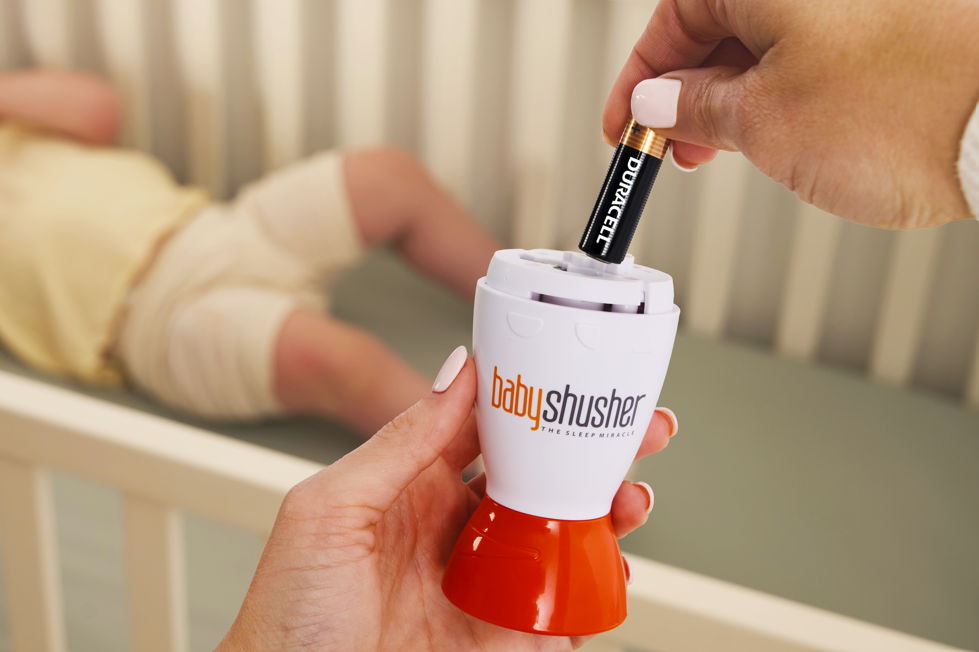As a mom, there’s one thing I’ve learned for sure—if baby’s not sleeping, nobody’s sleeping. The hours I’ve spent staring at the baby monitor, praying for sleep to come, could probably land me a world record. But one thing that made a big difference in our household sleep saga? The right kind of night light.
The type of light you choose for your baby’s room could be the difference between peaceful snoozing and an all-night rave. So, let’s break down why red light is your new best friend for baby sleep, and why blue light needs to take a backseat.
Red Light: The Sleep Whisperer
When it comes to red light, it’s basically the sleep fairy in disguise. Research shows that red light can actually help promote better sleep because it has a calming effect on our circadian rhythm (fancy talk for your body’s internal clock). Babies, with their developing brains, are super sensitive to light cues, and red light tells their little bodies, "It’s time for dreamland."
Why does red light work so well? Red light has a longer wavelength, which doesn’t interfere with the body’s production of melatonin—a hormone that makes us sleepy. In fact, red light can even boost melatonin production. This means that when you turn on that gentle red glow during your midnight feeding session, your baby’s brain isn’t being tricked into thinking it’s party time.
If you’re looking for the perfect red light solution, I can’t help but shout out the Shusher Firefly —our magical little gadget that not only shushes your baby to sleep but also comes equipped with an amber nightlight. It’s the ultimate sidekick for a solid night’s rest.
Blue Light: The Sleep Bandit
Now, let’s talk about blue light—the ultimate sleep enemy. Blue light has a short wavelength, which messes with melatonin levels and can cause some serious sleep disruption. We’re constantly bombarded by blue light throughout the day, thanks to our screens (oh hey, Netflix and Instagram). But for babies, blue light exposure at bedtime can signal to their brains that it’s still daytime, even if it’s 2 a.m. and you’re rocking them in a dimly lit nursery.
Studies have shown that blue light can suppress melatonin production, making it harder for babies (and adults, to be honest) to fall asleep and stay asleep. So, if you’ve got a bright white or bluish night light glowing in your nursery, it might be time to swap it out. Stick to a red or warm, amber light source to keep your little one in the snooze zone.
Other Colors: The Sleep Middle Ground
While red and blue are the stars of the show, what about other colors? Yellow or orange lights are decent options, as they’re less disruptive than blue light but not quite as beneficial as red light. These colors also have longer wavelengths, which means they’re gentler on your baby’s sleep patterns. If you’re in a pinch and can’t find a red light, going for a soft yellow might still do the trick.
However, it’s best to avoid anything too bright or white, as that can mimic daylight and send the wrong signals to your baby’s brain. And believe me, you don’t want your baby thinking it’s daytime when all you’re dreaming of is catching up on sleep yourself!
The Verdict: Go Red for Restful Nights
Choosing the right night light isn’t just about aesthetics—it’s about setting the stage for quality sleep. If you want to give your baby (and yourself) the best chance at restful nights, red light is the way to go. It’s like the unsung hero of the sleep world, quietly helping everyone drift off without a fuss.
The bottom line? Save the blue light for daytime, grab a cozy red light for nighttime, and trust me—your future self will thank you when those uninterrupted nights finally start rolling in.
And if you’re ready to up your nursery game with a red light that’s designed with your baby’s sleep in mind, the Shusher Firefly has got you covered with its calming amber glow and the beloved shushing sound. Sweet dreams, sleepyheads!

